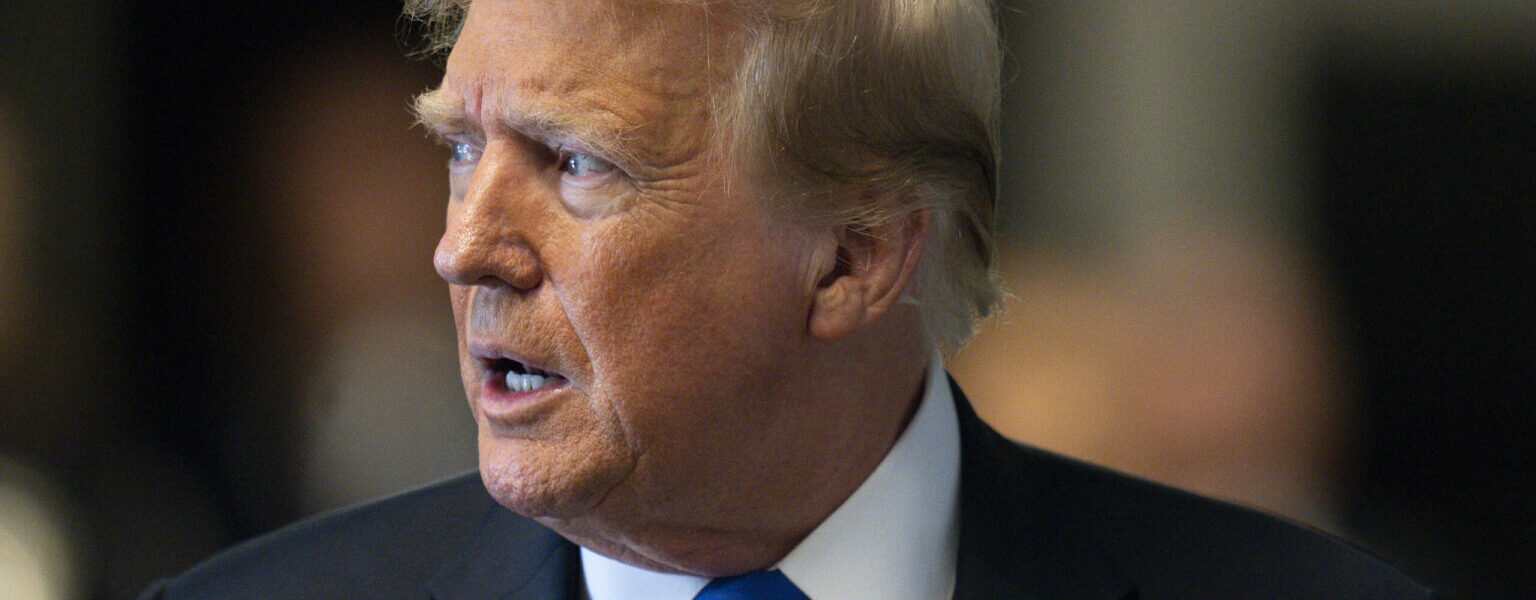Donald Trump has taken his first significant step toward fulfilling his campaign promise to end the Ukraine war. Reports suggest that the former president engaged in a private phone call with Russian President Vladimir Putin last week, discussing potential pathways to peace. While the Kremlin denies the conversation ever happened, insiders claim Trump made four key points:
- De-escalation plea: Trump urged Putin to avoid further escalation in Ukraine.
- Highlighting U.S. strength: He referenced American military deployments in Europe to emphasize potential consequences.
- Advocating dialogue: Trump proposed renewed peace talks.
- Discussing land concessions: He hinted at the possibility of Ukraine relinquishing some territory for a ceasefire.
Though the alleged call has been shrouded in secrecy, Putin has openly praised Trump, calling him a “manly leader.” This praise aligns with Russia’s expressed hope for a more favorable diplomatic approach under Trump.
Trump’s Peace Framework: A Controversial Path Forward
Trump’s emerging plan reportedly involves the following components:
- Freezing the battlefield: Ceasing all military advancements along the current frontline.
- Establishing a buffer zone: A 1,200-kilometer demilitarized area monitored by European troops, excluding Americans.
- Abandoning NATO aspirations: Ukraine would forego its NATO membership bid in exchange for Western security guarantees.
The proposal raises tough questions:
- Can European nations enforce and finance such a buffer zone?
- Would Ukraine accept losing territory?
- How would Russia react to a heavily armed Ukraine?
Despite its challenges, the plan represents a departure from prolonged conflict, offering a potential opening for diplomacy.
Biden’s Waning Influence
With less than three months remaining in office, Joe Biden faces limited options to secure continued support for Ukraine. Reports indicate he plans to meet Trump in an attempt to shift his stance—a long shot given Trump’s clear position on reducing U.S. involvement.
Biden could also pursue last-minute congressional approval for additional aid or lift restrictions on Ukraine’s use of U.S. weapons against Russian targets. However, with a Republican-controlled Congress on the horizon, Biden’s influence is rapidly diminishing.
Ukraine’s Tightrope: Choosing Between Peace or Persistence
Ukrainian President Volodymyr Zelensky now faces an agonizing choice:
- Accept Trump’s deal: This would likely secure peace but at the cost of territorial losses.
- Rely on European support: With waning U.S. backing, Ukraine must depend on Europe’s limited resources and resolve to sustain the fight.
This precarious situation leaves Ukraine in a vulnerable position, with Putin poised to exploit any signs of division among Western allies.





